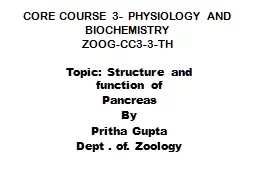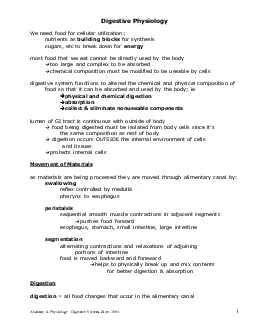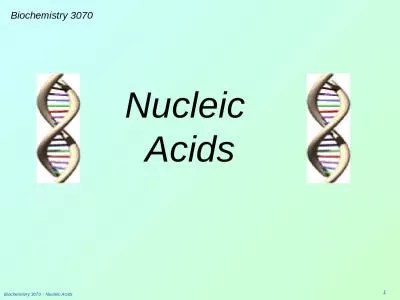PPT-CORE COURSE 3 - PHYSIOLOGY AND BIOCHEMISTRY
Author : cecilia | Published Date : 2022-06-07
ZOOGCC33TH Topic Structure and function of Pancreas By Pritha Gupta Dept of Zoology Pancreas It is the second largest gland of the human body Consists of both
Presentation Embed Code
Download Presentation
Download Presentation The PPT/PDF document "CORE COURSE 3 - PHYSIOLOGY AND BIOCHEM..." is the property of its rightful owner. Permission is granted to download and print the materials on this website for personal, non-commercial use only, and to display it on your personal computer provided you do not modify the materials and that you retain all copyright notices contained in the materials. By downloading content from our website, you accept the terms of this agreement.
CORE COURSE 3 - PHYSIOLOGY AND BIOCHEMISTRY: Transcript
Download Rules Of Document
"CORE COURSE 3 - PHYSIOLOGY AND BIOCHEMISTRY"The content belongs to its owner. You may download and print it for personal use, without modification, and keep all copyright notices. By downloading, you agree to these terms.
Related Documents














